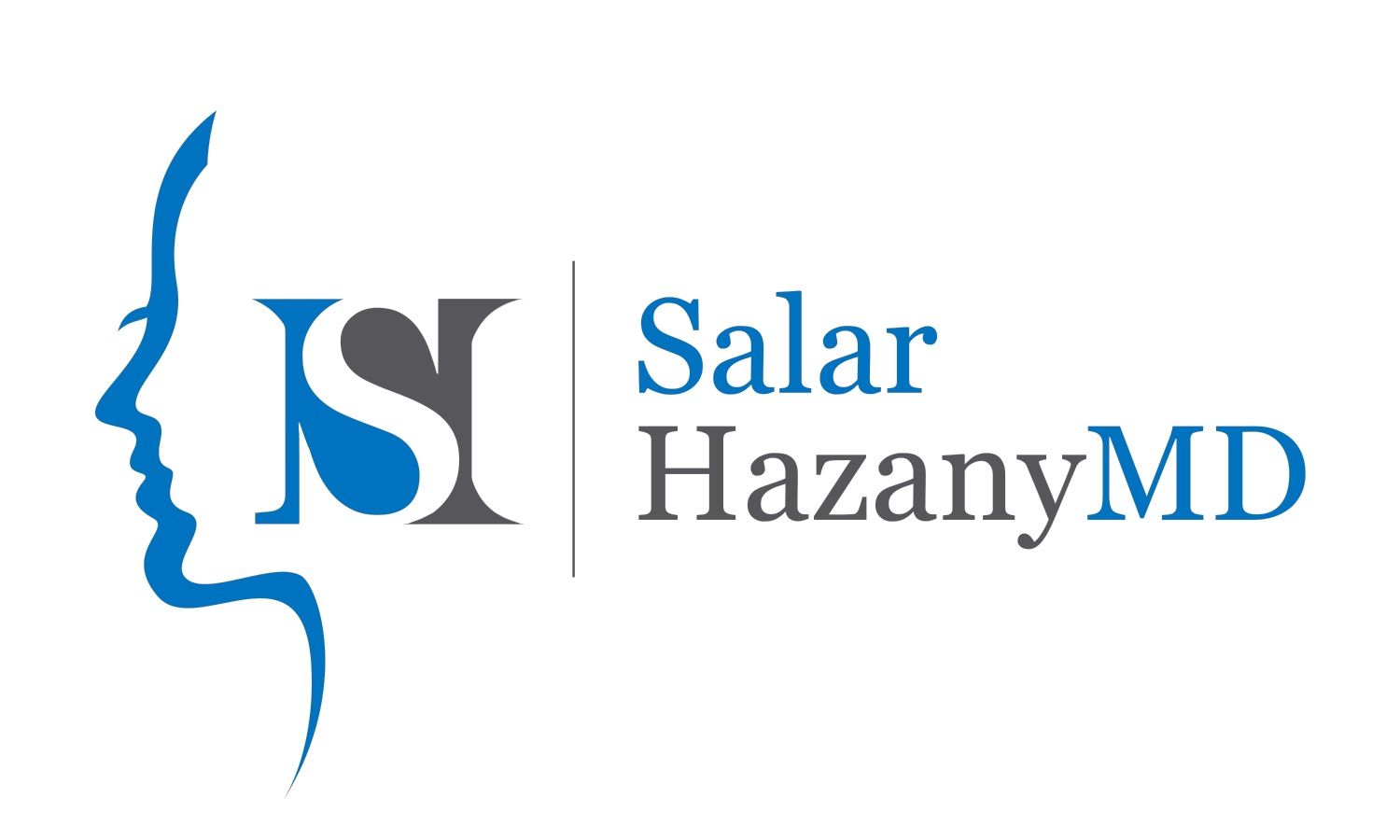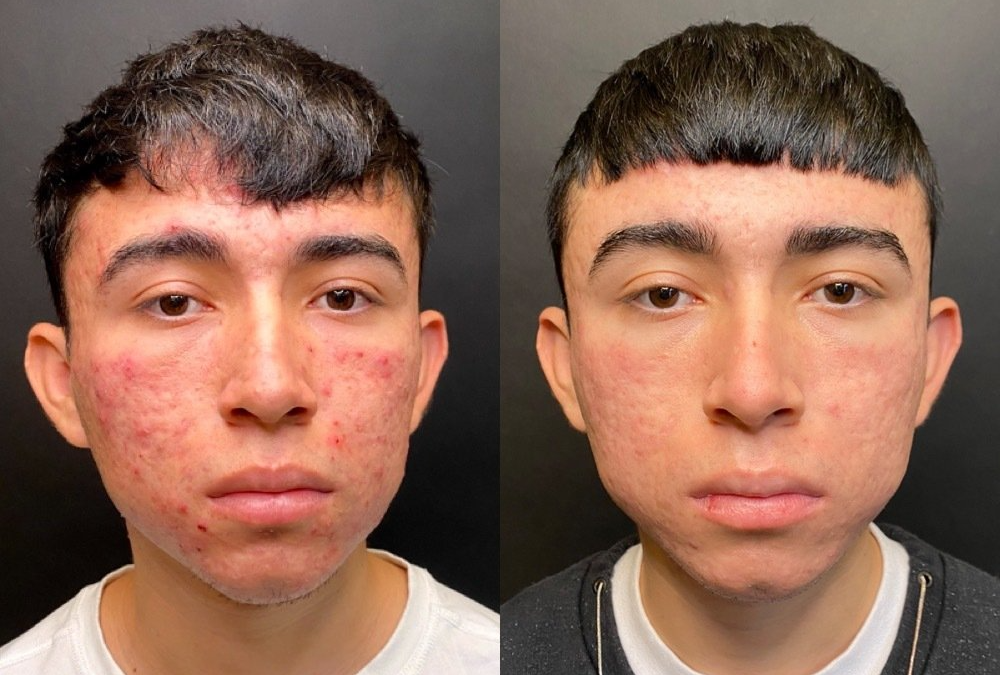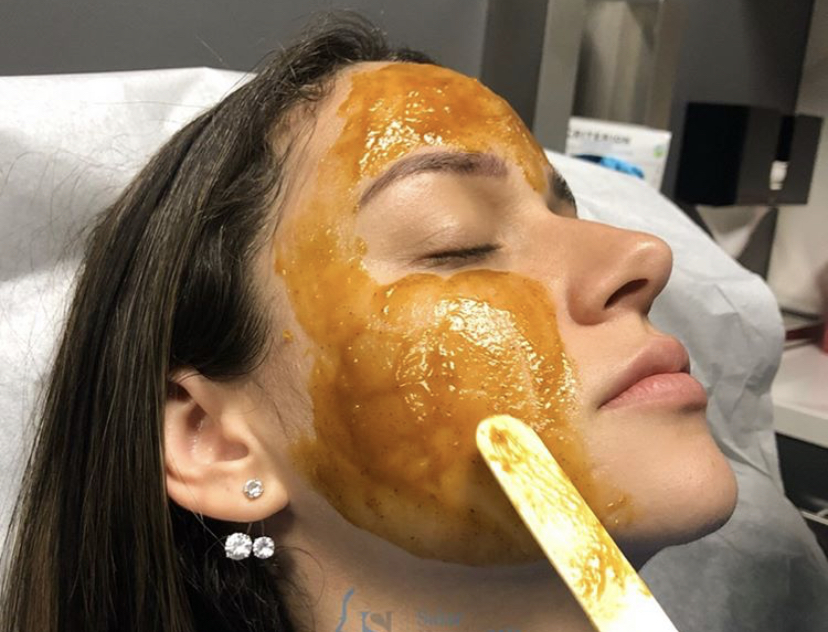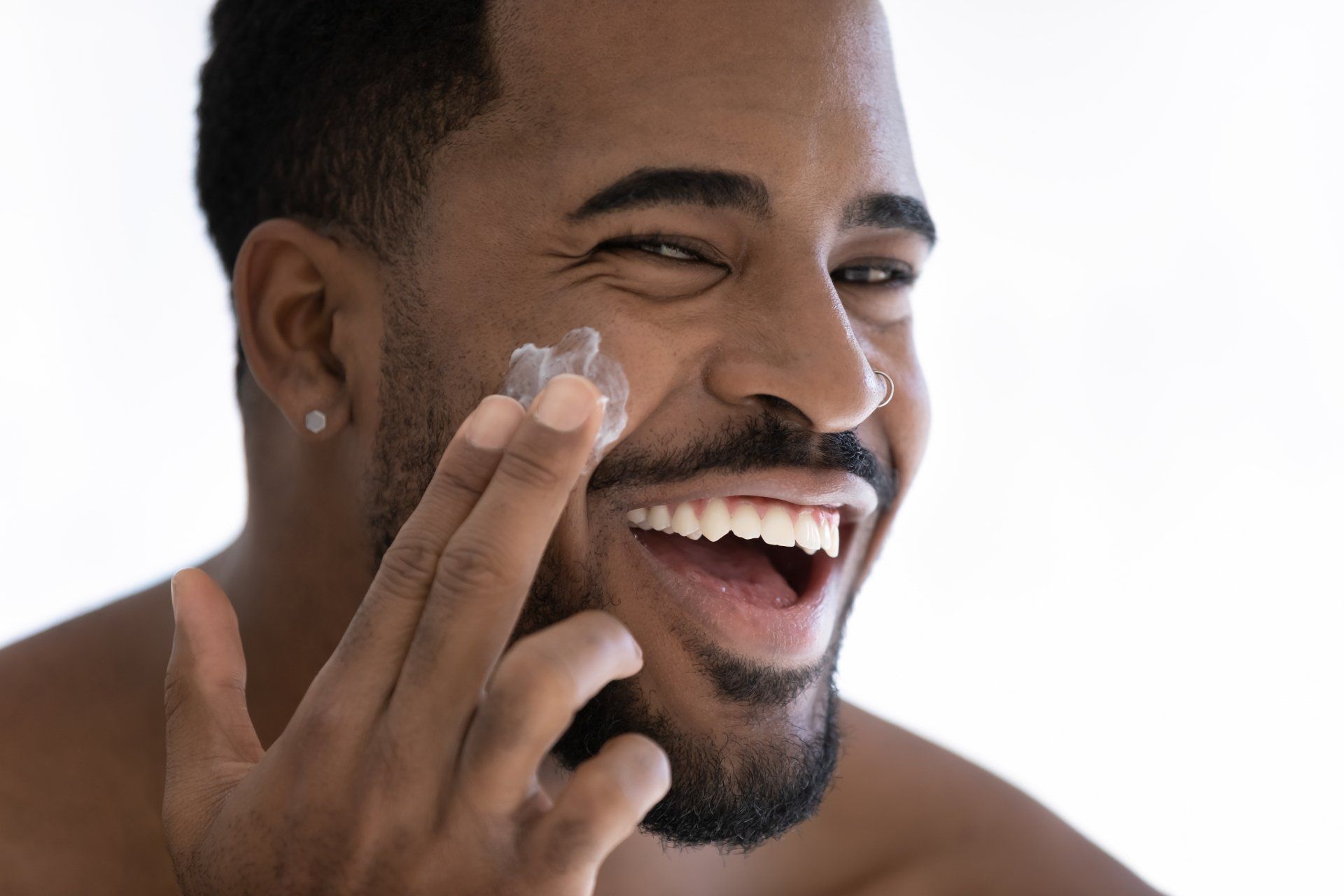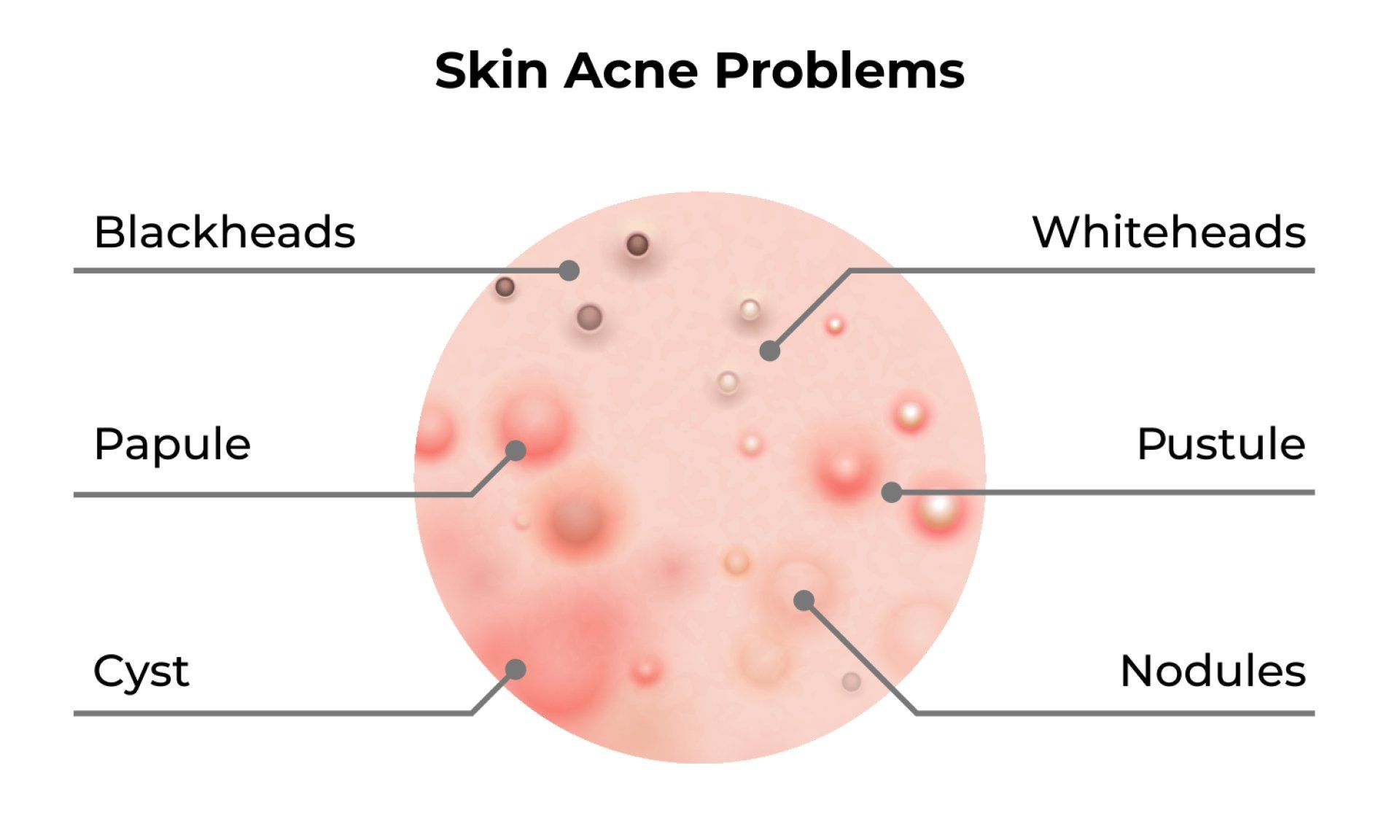You Deserve Clear Skin
Dr. Hazany's Acne Treatment & Removal Videos Have Gone Viral
What is Active Acne?
If you suffer from acne, you are not alone. According to The American Academy of Dermatology, acne is the most common skin condition in the United States, as it affects approximately 50 million Americans each year. Acne is a skin condition that involves sebaceous (oil) glands and hair follicles (pores), tiny holes in the skin. Sebaceous glands produce an oily substance called sebum. Sebaceous glands are located in the dermis (the second layer of skin, below the epidermis) and connected to skin pores. These pores can become clogged by excess sebum, dead skin cells, dirt, bacteria, or other debris. Pimples or “zits” develop when skin pores become clogged. If bacteria are present in the clogged pore, this can trigger an immune response and cause inflammation. Acne develops if this happens frequently and over a sustained time. Acne commonly develops on the face, scalp, neck, chest, shoulders, and back. While acne is not typically a serious health threat, it can cause scarring, discomfort, and emotional distress.
What Causes and Exacerbates Active Acne?
You can treat active acne by addressing some of the causes of inflammation and sebum overproduction. Regarding your diet, it is best to limit your consumption of foods that trigger an immune response and increase oil production, such as refined carbohydrates and dairy products. Opting for foods that contain a low glycemic index, healthy fats, antioxidants, and probiotics can help promote clearer skin. You can also avoid acne by practicing good skin hygiene, like washing your face with a gentle cleanser, protecting your skin from the sun, and abstaining from smoking tobacco.
However, despite making lifestyle choices that can prevent acne, sometimes, it is simply out of your control. In this case, a dermatologist specializing in acne treatment like Dr. Hazany can help you devise a strategy to overcome acne that might include topical medications, oral medications, non-surgical procedures, or minimally invasive surgery.
How to Treat Active Acne?
Changes in sebaceous glands can cause excess sebum production and cause acne. When sebaceous glands produce higher sebum levels — which carries with it dead skin cells, dirt, and bacteria — it is more likely that your pores will become clogged and that you will develop acne. Sebaceous glands can produce excess sebum due to genetics, hormonal fluctuations, poor diet, stress, acne-provoking medications, pore-clogging products, or climate changes.
